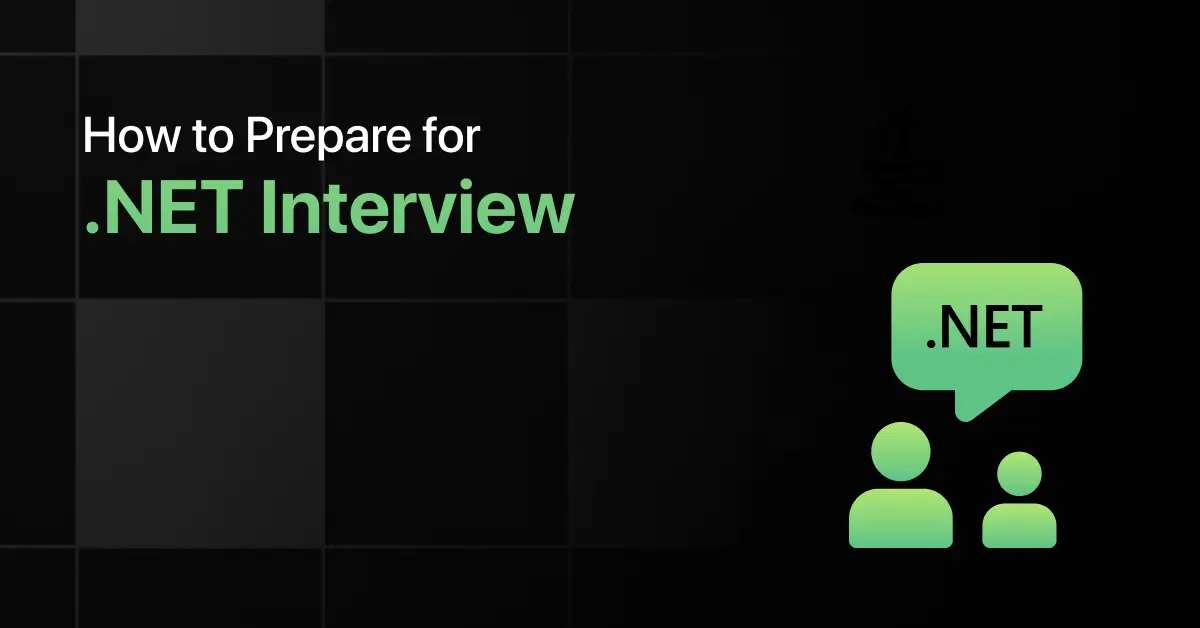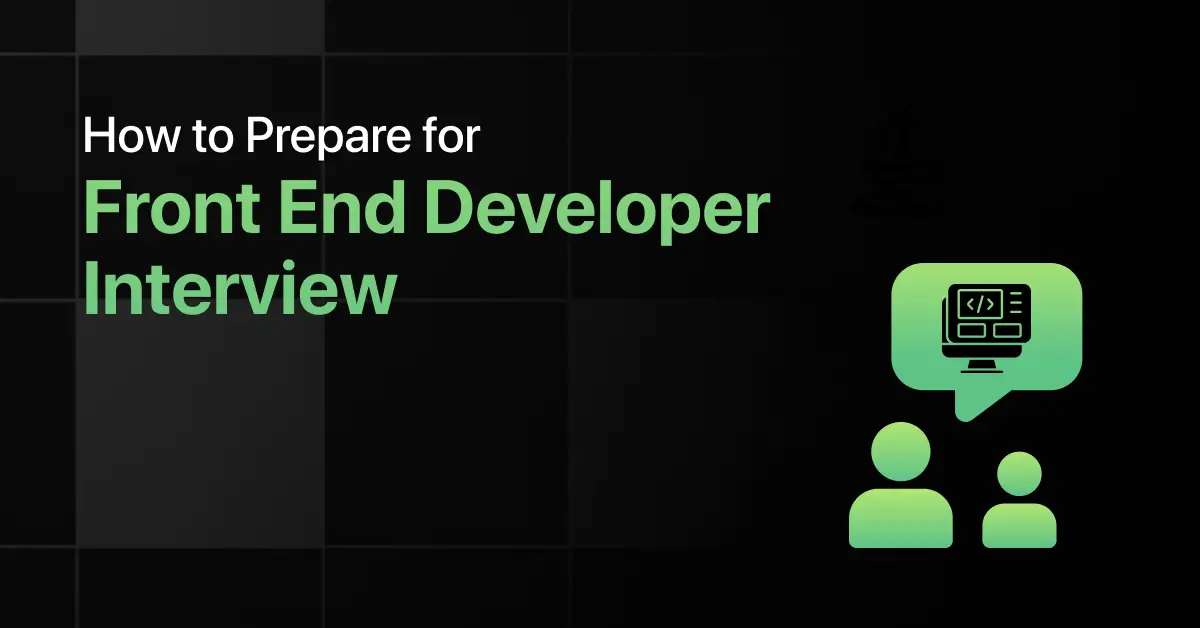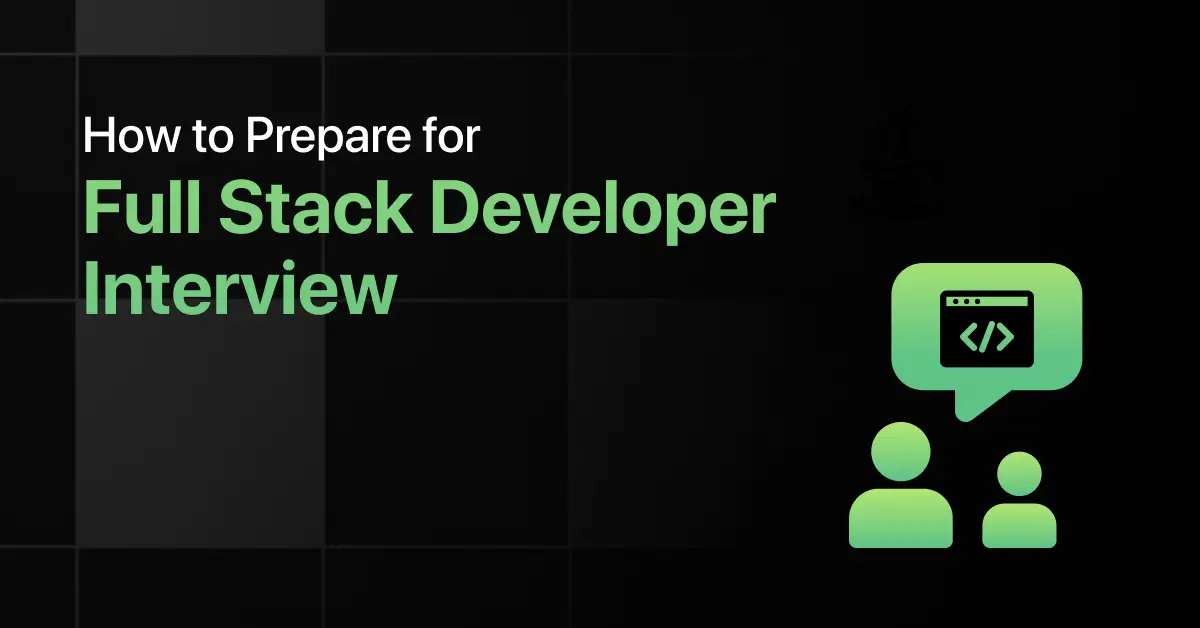Best PyTorch Project Ideas for Beginners

Are you ready to take your first step into deep learning with PyTorch? Starting with hands-on projects is the most effective way to understand how neural networks really work and gain confidence with model building.
This guide brings you a curated list of PyTorch project ideas for beginners that are simple to implement yet powerful enough to teach you key concepts. Each project is designed to build your understanding of tensors, training loops, and deep learning workflows using PyTorch.
Whether you want to recognize images, predict values, or classify text, these beginner-friendly PyTorch projects will help you turn theory into practice.
10 Beginner-Friendly PyTorch Project Ideas – Overview
Here’s an overview of the 10 best PyTorch Project Ideas for beginners:
| S.No. | Project Title | Complexity | Estimated Time | Source Code |
|---|---|---|---|---|
| 1 | Image Classification on CIFAR-10 | Easy | 3 hours | Get Started |
| 2 | Digit Recognition using MNIST | Easy | 4 hours | Get Started |
| 3 | Transfer Learning with ResNet | Easy | 5 hours | Get Started |
| 4 | Neural Style Transfer | Medium | 6 hours | Get Started |
| 5 | Text Sentiment Classification (IMDb) | Medium | 7 hours | Get Started |
| 6 | DCGAN for Image Generation | Medium | 8 hours | Get Started |
| 7 | Machine Translation (Seq2Seq) | Medium | 10 hours | Get Started |
| 8 | YOLOv5 Object Detection (Custom Data) | Hard | 12 hours | Get Started |
| 9 | BERT Fine-tuning for Question Answering | Hard | 14 hours | Get Started |
| 10 | Image Caption Generator | Hard | 15 hours | Get Started |
Top 10 PyTorch Project Ideas for Beginners
Here are the top 10 PyTorch project ideas for beginners
1. Image Classification on CIFAR-10
This project builds a CNN to classify small images across 10 categories using the CIFAR-10 dataset.
You will learn how to construct convolutional models and handle training loops efficiently in PyTorch.
Duration: 3 hours
Project Complexity: Easy
Key Concepts Covered:
- Convolutional Neural Networks (CNN)
- Cross-entropy loss
- Model evaluation
Implementation Steps:
- Load and normalize CIFAR-10 data
- Define a CNN architecture
- Specify loss and optimizer
- Train the network over multiple epochs
- Evaluate on test data
Required Pre-requisites:
- Python basics
- PyTorch fundamentals
- Understanding of CNNs
Resources Required:
- PyTorch
- torchvision
- Jupyter Notebook
Real-World Application:
- Automated product image tagging
- Real-time object classification in embedded systems
2. Digit Recognition using MNIST
This project trains a simple neural network on the MNIST dataset to recognize handwritten digits.
You will learn how to build and train a feedforward neural network in PyTorch.
Duration: 4 hours
Project Complexity: Easy
Key Concepts Covered:
- Fully Connected Layers
- ReLU Activation
- SGD Optimizer
Implementation Steps:
- Load MNIST dataset
- Define the neural network model
- Choose loss function and optimizer
- Train on training data
- Evaluate on test data
Required Pre-requisites:
- NumPy and Python
- Basic linear algebra
- PyTorch data pipelines
Resources Required:
- PyTorch
- torchvision
- Jupyter Notebook
Real-World Application:
- Bank check digit recognition
- Digit-based form automation
3. Transfer Learning with ResNet
This project applies transfer learning using a pretrained ResNet to classify new image categories.
You will learn how to freeze and fine-tune layers in pretrained models with PyTorch.
Duration: 5 hours
Project Complexity: Easy
Key Concepts Covered:
- Pretrained Models
- Transfer Learning
- Fine-tuning Layers
Implementation Steps:
- Load pretrained ResNet model
- Replace the final layer for new classes
- Freeze selected layers
- Train on custom dataset
- Evaluate performance
Required Pre-requisites:
- Image classification basics
- PyTorch model manipulation
- Basic knowledge of ResNet
Resources Required:
- PyTorch
- torchvision
- Custom image dataset
Real-World Application:
- Medical image classification
- Wildlife species recognition
4. Neural Style Transfer
This project blends the content of one image with the artistic style of another.
You will learn how to manipulate image features using pretrained CNNs in PyTorch.
Duration: 6 hours
Project Complexity: Medium
Key Concepts Covered:
- Feature Extraction
- Content & Style Loss
- VGG Networks
Implementation Steps:
- Load content and style images
- Extract features using pretrained VGG
- Define loss functions
- Optimize image pixels
- Save stylized result
Required Pre-requisites:
- Intermediate PyTorch
- CNN understanding
- Image processing basics
Resources Required:
- PyTorch
- torchvision
- PIL for image loading
Real-World Application:
- Art and design tools
- Personalized filters in apps
5. Text Sentiment Classification (IMDb)
This project uses an LSTM-based model to classify movie reviews as positive or negative.
You will learn how to preprocess text data and build sequence models in PyTorch.
Duration: 7 hours
Project Complexity: Medium
Key Concepts Covered:
- RNNs/LSTMs
- Word Embeddings
- Sentiment Analysis
Implementation Steps:
- Preprocess IMDb dataset
- Build vocabulary and tokenize text
- Create an LSTM-based model
- Train and evaluate the model
- Analyze prediction results
Required Pre-requisites:
- Python string handling
- Basic NLP knowledge
- RNN/LSTM understanding
Resources Required:
- PyTorch
- torchtext
- IMDb dataset
Real-World Application:
- Automated content moderation
- Customer feedback analysis
6. DCGAN for Image Generation
This project builds a Deep Convolutional GAN to generate synthetic images.
You will learn how to implement and train GANs using adversarial losses in PyTorch.
Duration: 8 hours
Project Complexity: Medium
Key Concepts Covered:
- Generator & Discriminator Networks
- Adversarial Loss
- Image Generation
Implementation Steps:
- Load image dataset (e.g., CelebA)
- Build generator and discriminator
- Define training loop with loss
- Train the model over epochs
- Save and visualize generated images
Required Pre-requisites:
- CNNs and ReLU/LeakyReLU
- PyTorch optimizers
- GAN architecture basics
Resources Required:
- PyTorch
- torchvision
- Image dataset (e.g., CelebA)
Real-World Application:
- Synthetic face generation
- Data augmentation for training models
7. Machine Translation (Seq2Seq)
This project implements a sequence-to-sequence model to translate sentences between two languages.
You will learn how to work with encoder-decoder architectures and attention mechanisms in PyTorch.
Duration: 10 hours
Project Complexity: Medium
Key Concepts Covered:
- Seq2Seq Model
- Attention Mechanism
- Teacher Forcing
Implementation Steps:
- Preprocess parallel corpus (e.g., English → German)
- Build encoder and decoder networks
- Integrate attention layer
- Train with teacher forcing
- Translate and evaluate results
Required Pre-requisites:
- Intermediate NLP knowledge
- RNN/GRU understanding
- PyTorch model building
Resources Required:
- PyTorch
- torchtext
- Language translation dataset
Real-World Application:
- Language learning tools
- Cross-language communication systems
8. YOLOv5 Object Detection (Custom Data)
This project fine-tunes YOLOv5 for detecting custom objects in real-time.
You will learn how to use PyTorch with pretrained detection models and train on your dataset.
Duration: 12 hours
Project Complexity: Hard
Key Concepts Covered:
- Object Detection
- Anchor Boxes
- Model Inference
Implementation Steps:
- Label images with bounding boxes
- Prepare dataset in YOLO format
- Fine-tune YOLOv5 on custom classes
- Validate model performance
- Run inference on new data
Required Pre-requisites:
- Python scripting
- PyTorch basics
- Image annotation tools
Resources Required:
- PyTorch
- YOLOv5 GitHub repo
- Custom labeled dataset
Real-World Application:
- Security camera analysis
- Quality control in manufacturing
9. BERT Fine-tuning for Question Answering
This project fine-tunes a pretrained BERT model to answer questions from given contexts.
You will learn how to use the HuggingFace Transformers library with PyTorch for fine-tuning large language models.
Duration: 14 hours
Project Complexity: Hard
Key Concepts Covered:
- Transformer Models
- Fine-tuning
- Question Answering Datasets
Implementation Steps:
- Load BERT from HuggingFace
- Format data (e.g., SQuAD-style JSON)
- Fine-tune using Trainer API
- Evaluate model on test set
- Deploy or visualize answers
Required Pre-requisites:
- Transformers understanding
- PyTorch with HuggingFace
- JSON data handling
Resources Required:
- PyTorch
- HuggingFace Transformers
- SQuAD or custom QA dataset
Real-World Application:
- AI-powered customer support
- FAQ automation in websites
10. Image Caption Generator
This project generates descriptive captions for images using a CNN-RNN pipeline.
You will learn how to combine vision and language models in PyTorch.
Duration: 15 hours
Project Complexity: Hard
Key Concepts Covered:
- CNN + RNN Integration
- Beam Search
- Encoder-Decoder Models
Implementation Steps:
- Extract image features with CNN
- Tokenize and process captions
- Build RNN decoder for captioning
- Train with image-caption pairs
- Evaluate and generate captions
Required Pre-requisites:
- CNN and RNN basics
- Sequence generation
- PyTorch Dataset handling
Resources Required:
- PyTorch
- COCO or Flickr8k dataset
- nltk / spaCy for tokenization
Real-World Application:
- Accessibility tools for visually impaired
- Auto-captioning for photo management
Final Words
Exploring PyTorch project ideas for beginners is a great way to build a strong foundation in machine learning and neural networks. These projects will give you the practical exposure needed to dive deeper into AI development.
By starting small and practicing consistently, you’ll be well on your way to mastering PyTorch and building real-world AI solutions.
Explore More Project Ideas
- Python
- Java
- C Programming
- HTML and CSS
- React
- JavaScript
- PHP
- C++
- DBMS
- SQL
- Excel
- Angular
- Node JS
- DSA
- Django
- Power BI
- R Programming
- Operating System
- MongoDB
- React Native
- Golang
- Matlab
- Tableau
- .Net
- Bootstrap
- C#
- Next JS
- Kotlin
- jQuery
- React Redux
- Rust
- Shell Scripting
- Vue JS
- TypeScript
- Swift
- Perl
- Scala
- Figma
- RPA
- UI/UX
- Automation Testing
- Blockchain
- Cloud Computing
- DevOps
- Selenium
- Internet of Things
- Web Development
- Data Science
- Android
- Data Analytics
- Front-End
- Back End
- MERN Stack
- Big Data
- Data Engineering
- Full Stack
- MEAN Stack
- Artificial Intelligence
- Machine Learning
- Arduino
- Cyber Security
- Raspberry Pi
- Spring Boot
- NLP
- Embedded Systems
- Computer Network
- Game Development
- Flask
- Data Visualization
- Ethical Hacking
- Computer Vision
- AWS
- Data Mining
- Azure
- Network Security
- Microservices
- Augmented Reality
- Bioinformatics
- Virtual Reality
- Text Mining
- Unity
- Kubernetes
- Unreal Engine
- Terraform
- Linux
- Chatbot
- Deep Learning
- API
- Cloud Security
- Home Automation
- Quantum Computing
- FinTech
- Sentiment Analysis
- Recommendation System
- Robotics
- NodeMCU
- Large Language Models
- Penetration Testing
- Google Cloud Platform
- Edge Computing
- Pattern Recognition
- ElasticSearch
- MLflow
- Voice Recognition
- Data Recognition
- Keras
- WordPress
- TensorFlow
- Ruby
- Python Pandas
- Ruby on Rails
FAQs
Easy PyTorch project ideas for beginners include digit recognition with MNIST, image classification using CIFAR-10, and basic sentiment analysis using IMDb reviews.
PyTorch project ideas help beginners gain hands-on experience with deep learning concepts and build confidence through practical implementation.
Beginners can learn model building, training loops, data preprocessing, and evaluation techniques using PyTorch.
The digit recognition project using the MNIST dataset is highly recommended for absolute beginners due to its simplicity and visual feedback.
A beginner-level PyTorch project typically takes between 3 to 5 hours to complete, depending on the complexity and prior knowledge.
Related Posts


How to Prepare for .Net Interview
Are you preparing for a .NET interview but not sure which topics to prioritize? Many candidates struggle to balance C# fundamentals, …
Warning: Undefined variable $post_id in /var/www/wordpress/wp-content/themes/placementpreparation/template-parts/popup-zenlite.php on line 1050








